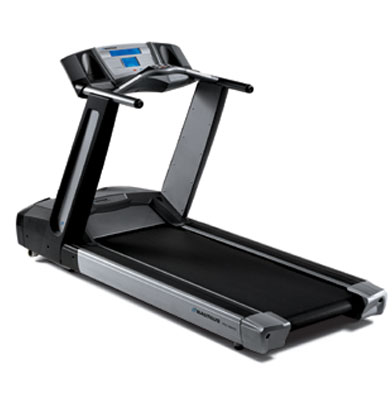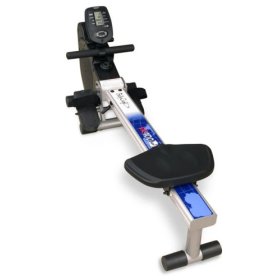| |
|
Aerobic training implies that the training programme is designed to improve the oxygen transport system. It is essential in soccer match play and in training sessions that there is a good supply of oxygen to the active muscles and these tissues have the capability to use the oxygen that is provided by the circulatory system.
General endurance is an important component of fitness in soccer as the game is played over a period of 90-minutes. Therefore aerobic training programmes must place demands on the metabolic pathways stressed in competition. To do this players must train at an intensity that matches the game situation.
Aerobic training can be carried out with the use of various equipment. Examples below focus on aerobic training on a treadmill and a rowing ergometer. |
|
|
 |
 |
When using the treamill, a continuous, smooth movement should be applied. The motion starts with a heel contact followed by a toe push off. The lower extremity joints ( hip, knee, ankle, toe) should all be facing forward in a parallel position. The back should be straight and the head should be in an upright position.

|
When using the rowing machine, a smooth movement should also be performed. The actions starts by extending the legs by pushing from the foot pads. Then the handle should be pulled towards the stomach region of the body. Then the legs are extended to produce more movement. The arms are then extended back toward the starting position, followed by the legs are flexing to the original position. The movement should be a legs-arms-arms-legs action. The back should be kept in a neutral, straight position throughout the exercise with the head in an upright position and all lower extremity joints facing forwards.

|
|
 |